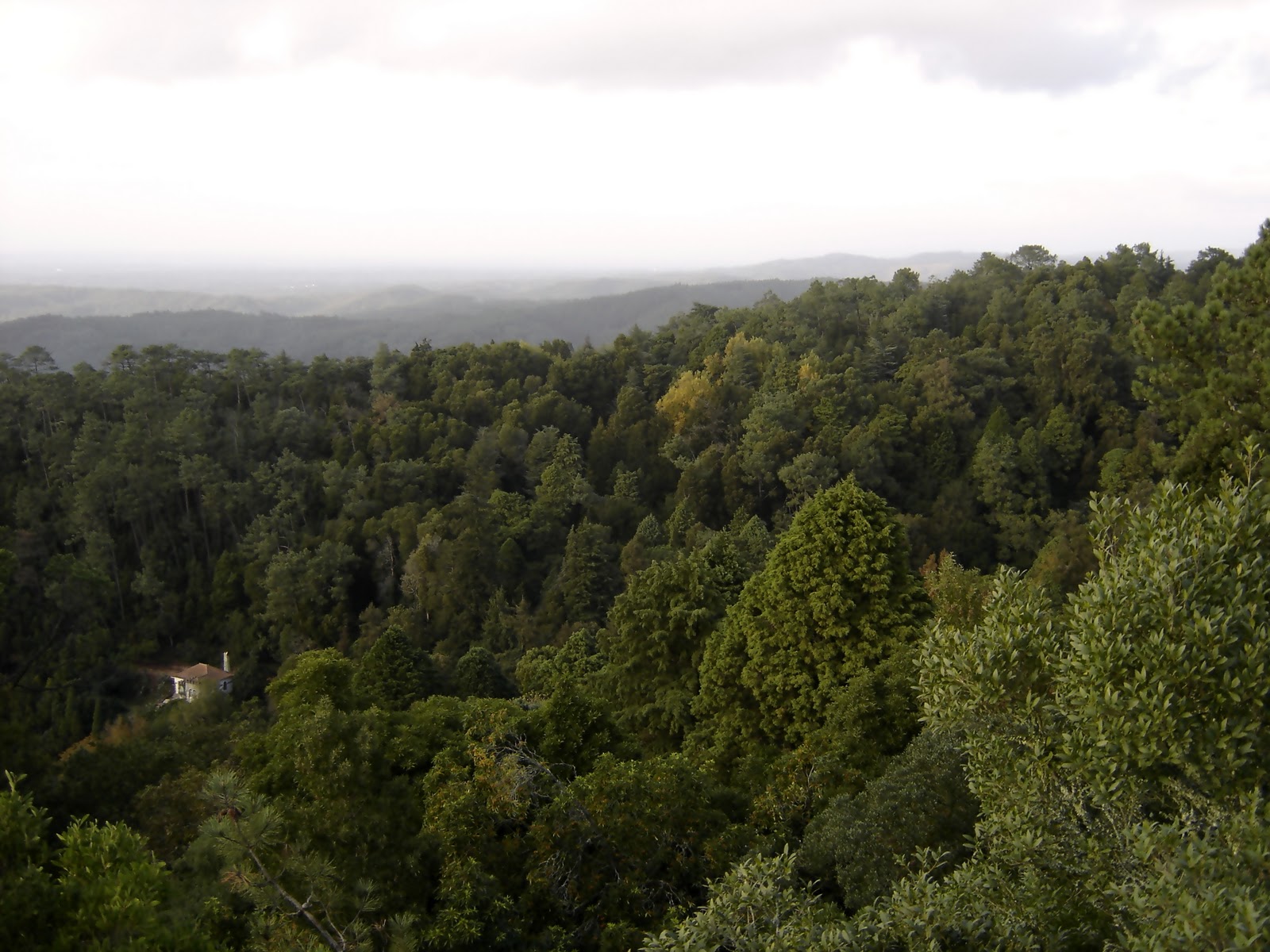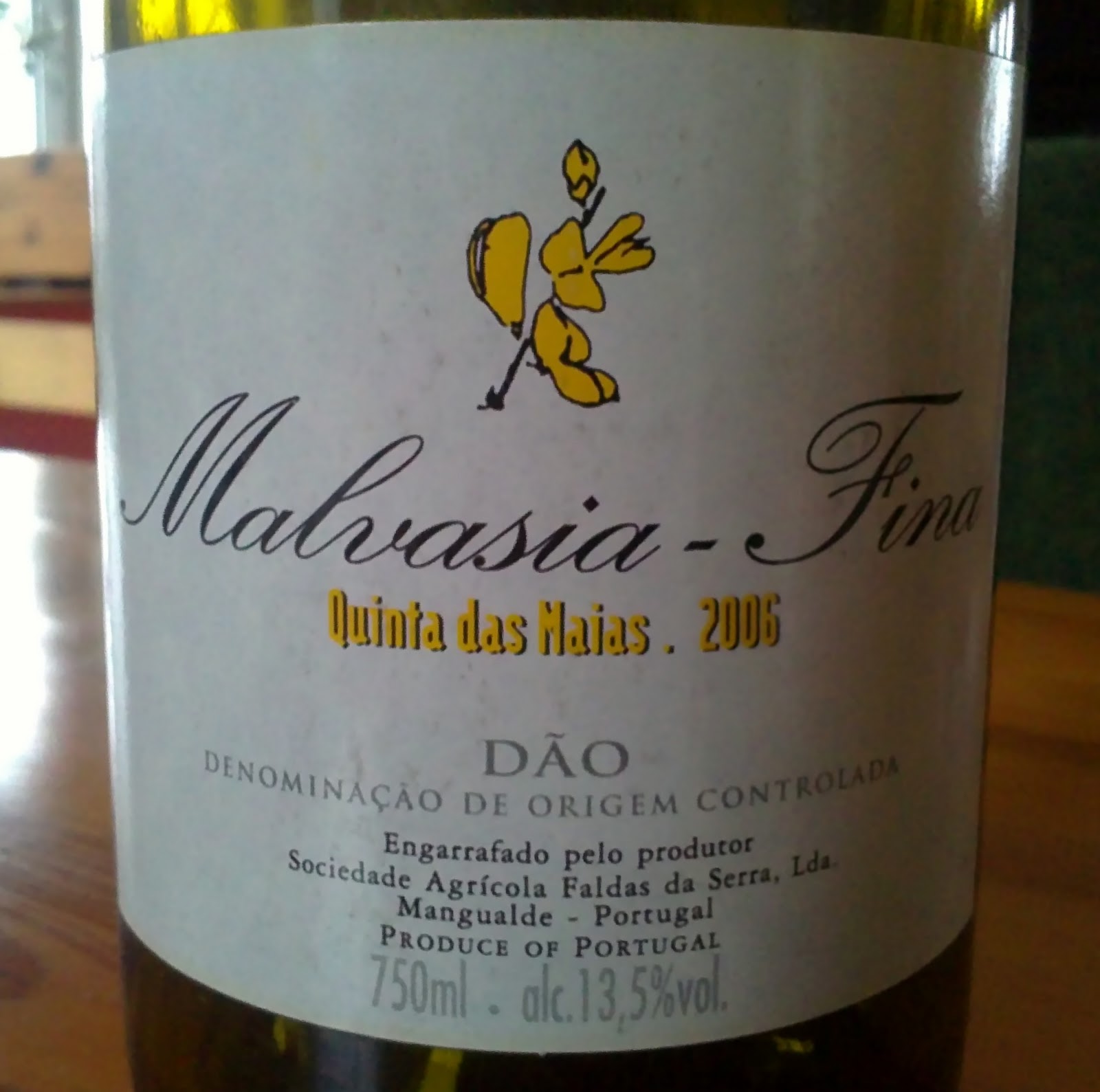Quinta das Maias Malvasia Fina 2006
Posted on 14 December 2010
Portugal isn’t very renowned for its white wines. Apart from the thirst-quenching vinho verde that’s superlative with the local seafood but doesn’t travel well at all, Portugal gives the impression of a strictly red wine country. It’s telling that when my fellow wine journos are invited to select 50 top Portuguese wines every year in London, hardly 7–8 of them are white. (See here for a discussion why).
It isn’t exactly true: 50% of the production is white and there are nice local wines everywhere, from the appley Bucelas near Lisbon to mineral, structured white blends from higher-perched vineyards in the Douro valley.
It’s the latter that’s caught the public’s attention recently, and it’s argued more and more often that this quintessentially red wine region will soon make some of Europe’s most exciting whites as well.I’m not sure. While the overall quality has soared as better vineyard position were selected for white wines, I still don’t see a clear style, and most of the more ambitious efforts are enthusiastically oaked, making it more difficult to say if there’s any clear terroir expression underneath.

The impressive Buçaco forest shows the type of climate you can expect from the Dão region.
One other region where I’ve always liked the whites is Beira in central Portugal. Located higher, with more rain and cooler temperature than the Douro or the regions near Lisbon, it also has good soils for white wine production: granite. In the Dão appellation some excitingly fresh and limpid wines are already being made, though it’s just the beginning.
This bottle of
Quinta das Maias Dão Malvasia Fina 2006 was lying forgotten in my cellar. I would have drunk it a couple of years ago normally. You don’t expect too much longevity from Portuguese whites. Upon opening the impression was of a low-acid, slightly alcoholic, definitely evolved wine. What’s really interesting is how this has picked life and vibrancy, drinking increasingly well over three days. Aromatically it’s very typical of Malvasia, with a citrusy, pithy, tangeriney expression. As the acidity becomes more forward, so does the minerality. It’s an interesting combination: the flavours are obviously Mediterranean but there’s a whiff of the North in this wines as well, and the steely structure is not unlike some wines from Austria.
Disclosure
Source of wine: own purchase.



